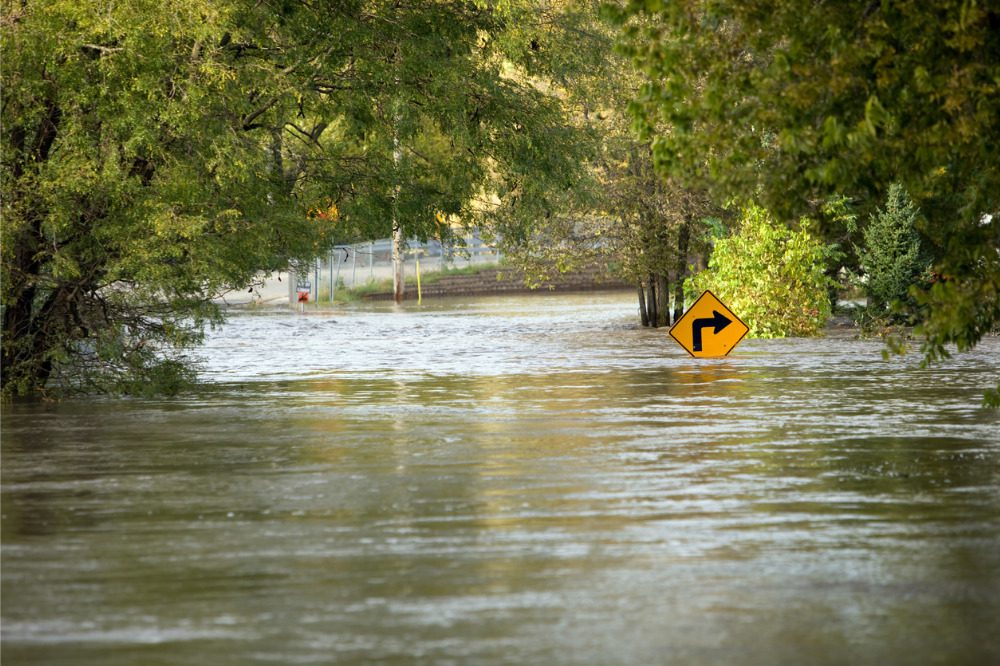Cyclone taskforce working with insurers to determine high-risk areas for floods

In an official media release, NZ minister for finance and cyclone recovery Grant Robertson said that the insurance sector agreed to provide the Cyclone Taskforce with a consolidated view of high-risk areas within the next week. This information will then be “overlaid with the risk assessments that local councils are carrying out.”
“Ministers expect that information to come together in the next three weeks (beginning of April) and will then be in a position to agree on the next steps,” Robertson said. “We are acutely aware of people’s need for certainty, so it is important we make the right decisions, not the fastest and easiest ones.”
Robertson stressed his goal of having the risk assessments completed as fast as possible, and his plan to keep pushing for its completion. That said, he admitted that the complexities involved mean that it could not be finished in just a few weeks.
“We also understand that views within a community about the future are not always the same. Some people want to be able to rebuild straight away, others are wary about future threats and the resilience of infrastructure,” he said.
Red and yellow don’t always mean high-risk
Robertson contrasted the speed at which the future of affected areas was brought up to the Canterbury earthquakes, saying that it took the government four months before decisions were made for the latter. It has been less than two months since the Auckland floods, and even less time since Cyclone Gabrielle. Despite the difference, Robertson said that they still want to move more quickly, but there have been some challenges in making decisions.
“Each region has been affected differently. The impacts in the Hawkes Bay with the orchards and silt is quite different to the large number of residential houses flooded in Auckland,” he said.
He also stressed the importance of keeping the local community in the loop as part of the decision-making process all the way through. The Cyclone Recovery Unit will be working closely with local government and recovery agencies to ensure that the information is being shared in a timely and clear manner.
Robertson also highlighted some issues that can cause confusion or stress, in particular the red or yellow stickers that have been handed out to damaged properties across the country. He said that having either does not necessarily mean that a location will be deemed high-risk, or that the land can’t be used for a rebuild. Instead, these are assessments based on the immediate safety risk of the location and not for its future risk of flooding or viability.
“That means we can’t simply use that assessment for this process, we’d get the wrong answers for affected people and property,” Robertson said. “That’s why we are working with the insurance sector and local councils to get the best outcome.”
Robertson said that there are a range of potential responses to the assessments made. Managed retreat, which is being considered heavily due to an insurance model that found 20,000 homes at risk of severe flooding, is just one possibility. Robertson said that there are also other resilience measures like “building or enhancing stopbanks, changing the structure or location of buildings or building in a different way.”
“Communities should rest assured that we are moving as quickly as we can. We have to get this right for the people and businesses involved so we will ensure the process is careful and thorough and is always done with the needs of local communities in mind,” Robertson said.
What are your thoughts on this story? Please feel free to share your comments below.





